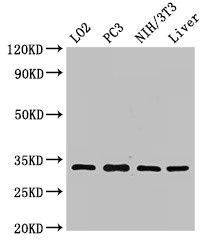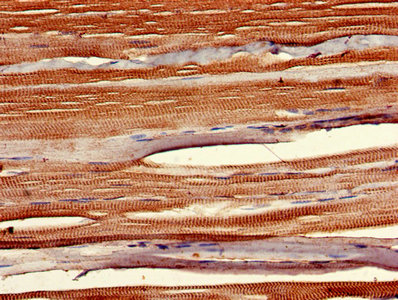Transcription factor that is involved in the regulation of cell proliferation, apoptosis and embryonic development. Plays an important role in the development of several organs, including kidney, muscle and inner ear. Depending on context, functions as transcriptional repressor or activator. Lacks an activation domain, and requires interaction with EYA family members for transcription activation. Mediates nuclear translocation of EYA1 and EYA2. Binds the 5'-TCA[AG][AG]TTNC-3' motif present in the MEF3 element in the MYOG promoter and CIDEA enhancer. Regulates the expression of numerous genes, including MYC, CCND1 and EZR. Acts as activator of the IGFBP5 promoter, probably coactivated by EYA2. Repression of precursor cell proliferation in myoblasts is switched to activation through recruitment of EYA3 to the SIX1-DACH1 complex. During myogenesis, seems to act together with EYA2 and DACH2. Regulates the expression of CCNA1. Promotes brown adipocyte differentiation.








